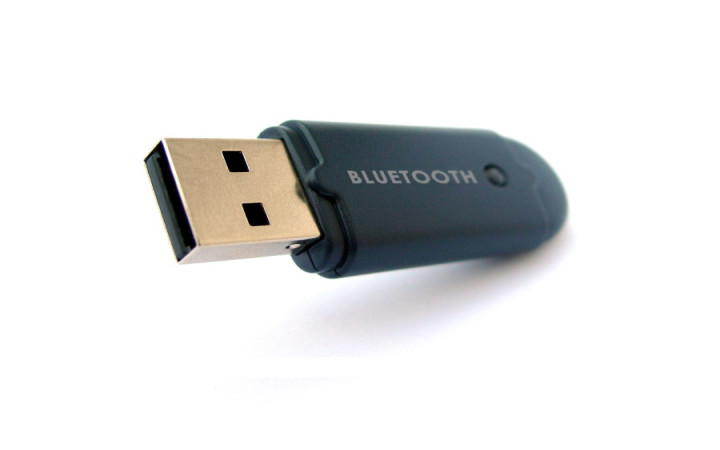Has this ever happened to you? You're walking along minding your own business when suddenly someone nearby asks a question. You turn to answer the stranger, only to find that the person wasn't talking to you. Instead, he was talking to someone via a wireless headset that you hadn't noticed was attached to his ear.
What's going on here? If you guessed that the stranger was talking to someone else via a wireless headset hooked up to the smartphone in his pocket, you're correct! Is this magic? Nope! It's Bluetooth!
Bluetooth is a global wireless communication technology originally invented by engineers at Swedish company Ericsson in 1994. Today, no single company owns the Bluetooth technology. Instead, a group of companies called the Bluetooth Special Interest Group work together to advance the technology. In addition to Ericsson, Intel, Nokia, Toshiba, and IBM make up this group.
Bluetooth technology allows a wide variety of devices and services to connect to each other wirelessly, silently, and automatically. Bluetooth-capable devices include smartphones, audio speakers, automobiles, medical devices, computers, and even toothbrushes, to name just a few.
Exactly how do such different devices communicate wirelessly and so effortlessly? Bluetooth connectivity requires both hardware and software components. To send and receive Bluetooth communications, a device must have a special microchip that contains an antenna. It must also have companion software that can process the signals.
When you connect two Bluetooth devices, they form a personal area network, also known as a piconet. Once that connection is made, the devices communicate automatically without needing human input.
To communicate wirelessly, the devices exchange data via low-power, short-range radio waves in the industrial, scientific, and medical (ISM) band at 2.402 to 2.485 GHz. Since Bluetooth devices send low-power signals (only about 1 milliwatt), the technology does not use much battery power. However, these weak signals limit the range of Bluetooth devices to about 30 feet.
Despite their weakness, Bluetooth signals don't require line of sight between devices. The radio waves will travel through walls easily, and their low power helps to reduce the chance of interference from other technologies that use radio waves, such as baby monitors and garage door openers.
Bluetooth technology features several other advanced techniques to avoid interference and maintain strong wireless communication. For example, a technique known as spread-spectrum frequency hopping allows a device to transmit on any one of 79 different, randomly-chosen frequencies while also changing frequencies up to 1,600 times per second!
What does that mean practically? Bluetooth technology can connect up to eight devices at the same time within the same 32-foot radius without any of the devices interfering with each other. That's quite impressive, given that there are currently billions of devices around the world equipped with Bluetooth technology.
So where did the name Bluetooth come from? Since the technology helps to connect and unite a diverse set of devices, the technology was named after Danish King Harald Blåtand, or "Harold Bluetooth" as he is known in English, who united warring parts of Norway, Sweden, and Denmark in the 10th century.



